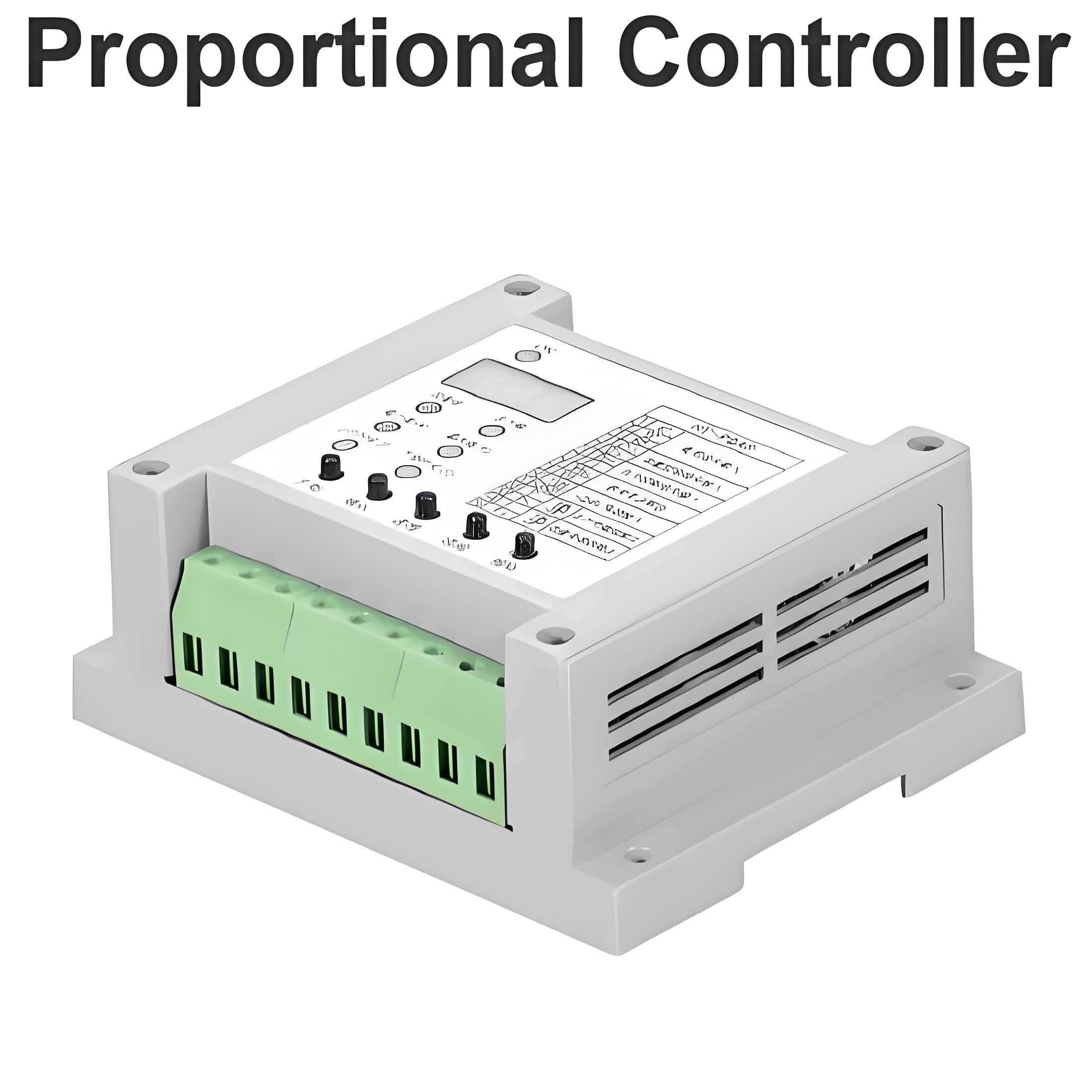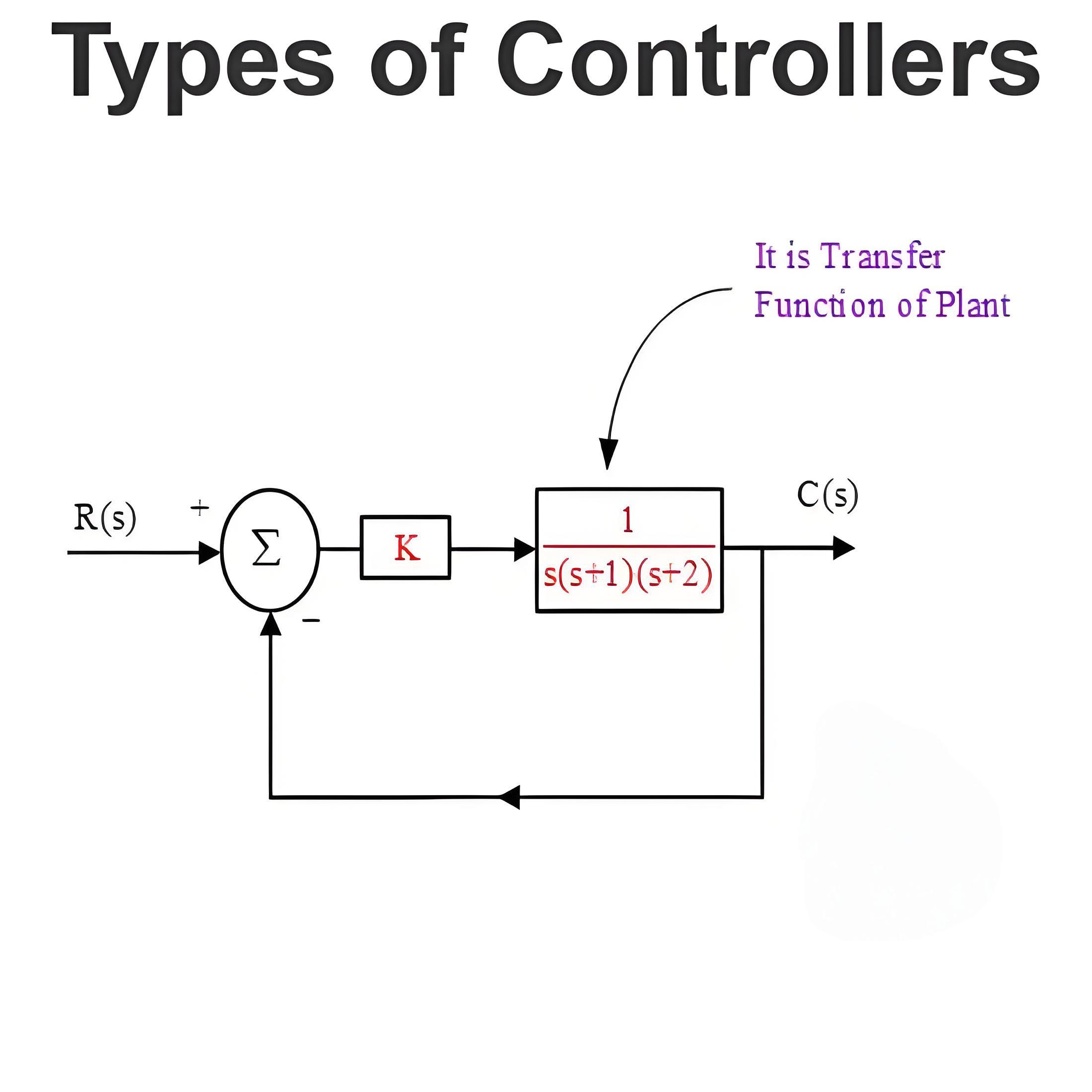Trip Circuit Supervision
Trip circuit monitoring definition
Trip circuit monitoring relays are an essential system in circuit breakers to monitor and ensure the readiness and health of the trip circuit.
Mods
The basic components of a monitoring circuit include NO and NC contacts, relays, lights, and resistors, all of which help maintain circuit integrity.
Monitoring scheme
A NC contact of the same auxiliary switch is connected to the auxiliary NO contact of the trip circuit. When CB is closed, the auxiliary NO contact is closed, when CB is disconnected, the auxiliary NC contact is closed, and vice versa. Therefore, as shown in the figure below, when the circuit breaker is closed, the trip circuit monitoring network is completed through the auxiliary normally open contact, but when the circuit breaker is opened, the same monitoring network is completed through the normally closed contact. The resistor is used in series with the lamp to prevent the circuit breaker from accidentally tripping due to an internal short circuit caused by lamp failure.
So far, our discussion has focused on locally controlled devices; However, for a range-controlled installation, a relay system is essential. The following diagram shows a trip circuit monitoring scheme that requires a remote signal.
When the trip circuit is normal and the circuit breaker is closed, relay A is powered on, close normally open contact A 1 and then power relay C. After relay C is powered on, keep normally closed contact C1 open. If the circuit breaker is off, relay B is energized and closes normally open contact B1, keep relay C energized and normally closed contact C1 open.


When CB is closed, if there is any discontinuity in the trip circuit, relay A is powered off, thus opening contact A1. Therefore, relay C is powered off, leaving NC contact C1 in the close position, thus activating the alarm circuit. When the circuit breaker is off, relay B undergoes trip circuit monitoring in A manner similar to relay A when the circuit breaker is closed.
Relays A and C are delayed by copper slug to prevent false alarms during tripping or closing operation. The resistor is installed separately from the relay and its value is selected so that no tripping operation will occur if any of the components are accidentally short-circuited.The alarm circuit power supply should be separated from the main trip power supply so that the alarm can be activated even if the trip power supply fails.
Visual indicator
The use of lights in the monitoring circuit can easily monitor the status of the system and indicate that the circuit is ready for operation.
Alarm and security features
The dedicated alarm circuit is separate from the trip power supply to increase safety by ensuring that the system alarm remains active, even if the main trip circuit fails.
Welcome to our electricity community! Established to facilitate the exchange and cooperation in the electricity industry and bridge professionals, enthusiasts, and related enterprises.





